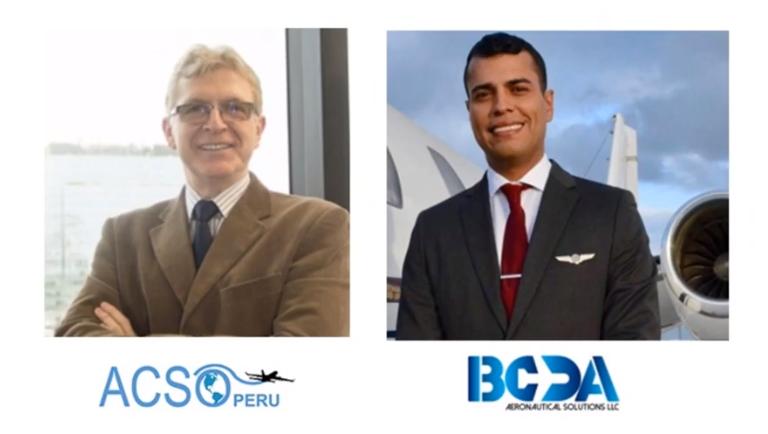In this article, we will comment on what the ISO 31000 standard says, an important point that was addressed during the interview conducted in Angel Lovera’s Podcast to Eng. Aldo Raggio Guerra, current president of the Peruvian Operational Safety Advisory Association (ACSO Peru) and an expert in the area of aviation safety in Peru. Next, we will learn about risk and how it is defined by the ISO 31000 standard in the words of Eng. Aldo Raggio.
Contents
The ISO 31000 Standard
When we are talking about this standard we are referring to a practically new standard, since it was in 2011 when the first version of ISO 31000 was issued, which was developed with a different approach to risk management and was based on an Australian-New Zealand standard in which it could be seen that it lacked a focus on risk management, therefore after the studies and mutual agreements, finally complemented and resulting in what we currently know as ISO 31000, this standard currently has a version that was updated in its second edition in 2018, and which is current at this time.
Engineer Raggio explains the importance of the second version of the ISO 31000 Standard
In this second version of the year 2018, there is an integrated risk approach, which is sometimes not understood, and to be able to do operational safety in an organization within the aeronautical field if one does not have that concept of integral management, not integrated management but integral, when one focuses on the operational part, but in the operational part, they normally suffer effects from causes that as I have already mentioned are organizational.
A new approach to risk according to ISO 31000 Standard
The model currently proposed by ICAO is based on effective risk management, in order to avoid an air accident in reality and maintain or improve the level of operational safety, and that approach is seeing the risk from a negative point of view. However, ISO 31000 has a modern concept of risk, where it defines it as a degree of uncertainty regarding the achievement of an objective, in a few words, which means that there are negative risks and positive risks.
Although when one manages a safety system well, it also finds opportunities, which is how the positive risks are known in order to improve the operational safety, only that at this moment in the model they are not talking about positive risks, it cannot be improved if one could not take advantage of the opportunities that are given and that are ultimately positive risks.
Video
You can listen to the full interview in the following video.
Do you have an opinion about ISO 31000? Would you like to know more about the interview?
If you want to know more about this you can contact us or write your query at the bottom (comments section).
